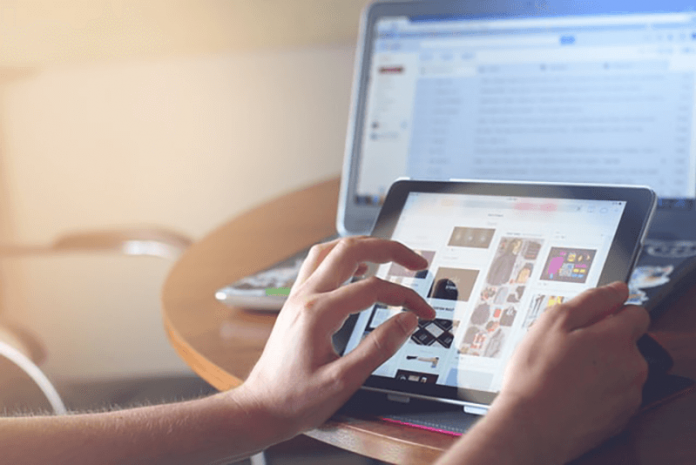There’s much to be said about B2B and selling to B2B customers – it’s notoriously hard! The days of wanting to speak to a salesperson are fading away. Now, only 29% of customers want to speak to a salesperson before making a purchase. And, 57% of customers have already made their buying decision before phoning a supplier. To make things worse, 34% of salespeople think securing new business and closing deals is getting harder to do.
That’s why it’s essential to have a competitive edge. Below, we will discuss some ideas that will put you ahead of your competitors.
B2B Incentive Programs
B2B incentive programs are great for making customers feel more valued and encouraging them to engage with your brand up to 66% more. It’s essential to remember B2B incentive programs don’t just work well for buyers – supplier incentives and a vendor loyalty programme work to keep the entire supply chain on your side.
The more you can offer to customers in return for their loyalty, the more successful you’ll be. The perfect example of a successful loyalty programme, although it is B2C, is the supermarket loyalty cards, in particular Tesco’s. Tesco Clubcard now gets customers deals on hundreds of products in the store, which has resulted in 19 million people actively using the Clubcard.
They’ve tapped into the psychology of customer rewards, track buying habits, and organically grow their consumer base through referrals. Loyal customers naturally turn into brand advocates and become a driving factor behind business growth. By offering a loyalty program for B2B customers, you’re collecting data, marketing, and lead generating all in one. Again, this applies to suppliers, vendors, distributors, etc.
B2B Lead Generation Tactics
The buying journey begins with a single step, and that first step is lead generation – and they always say the first step is the hardest. Well, they weren’t wrong. Lead generation is the acquisition of new leads through collecting information, such as email addresses, phone numbers, and company names. There’s so much information to divulge that 61% of B2B marketers feel lead generation is their key challenge.
Some big B2B brands will use artificial intelligence software to collate this data, ready for a sales team. AI can collect and understand data far better and more efficiently than a human could, but it’s expensive. Lead generation, in general, is pricey, with 54% of marketers spending more than half their budget on it. So, how do you get the competitive edge?
Well, you can look at the industry statistics for lead generation and where the best place to find leads is, and social media is one of the best. That’s because people typically have all the information you need on their profile, particularly on Facebook. Facebook groups are influential for social selling campaigns you wish to run long term – many well-established B2B Facebook groups are easy to become a member of.
Organically increasing your email list also works well for B2B lead generation. Purchased lists or contact information won’t yield high-quality leads. The ROI for a successful email lead generation is $42 for every $1 spent, so the 4,200% ROI makes it worth doing. You can build an email list organically by adding a call to action to your content, encourage subscribers to share email content, or create a new lead offer.
B2B Marketing
There are many differences between B2C and B2B trading, and marketing for the two is no different. B2B marketing focuses on the needs and interests of people making purchases on behalf of an organisation, and B2C targets people making personal purchases. The marketing efforts for B2C have to appeal to individuals, and B2B to an entire team or organisation, so it is much more difficult to appeal to the masses.
Email marketing is an excellent, powerful marketing tool that we have discussed briefly above. 93% of B2B marketers use email marketing, and 83% use email newsletters as part of their content marketing strategy. Writing exciting content with a captivating subject line, a call to action, and interesting and valuable content will generate organic leads.
PPC is another excellent form of marketing that works well. Note that though B2C and B2B marketing styles are very different, the same techniques are used. PPC gets your brand ahead of others using search engines and other advertising platforms. However, it can be expensive, and you need to get the best ROI from the paid ads. One way is to think about your buyer persona and boost content they relate to. Adverts placed on the Google Display Network reach 90% of browsers, so it is worth investing in.
Gaining the competitive edge is harder for B2B brands simply because there are more people to impress per purchase – the buying cycle is much longer, and any issues that arise are typically more complex than you’d find for B2B sales. The competitive edge won’t happen overnight, but consistency will bring results.


































